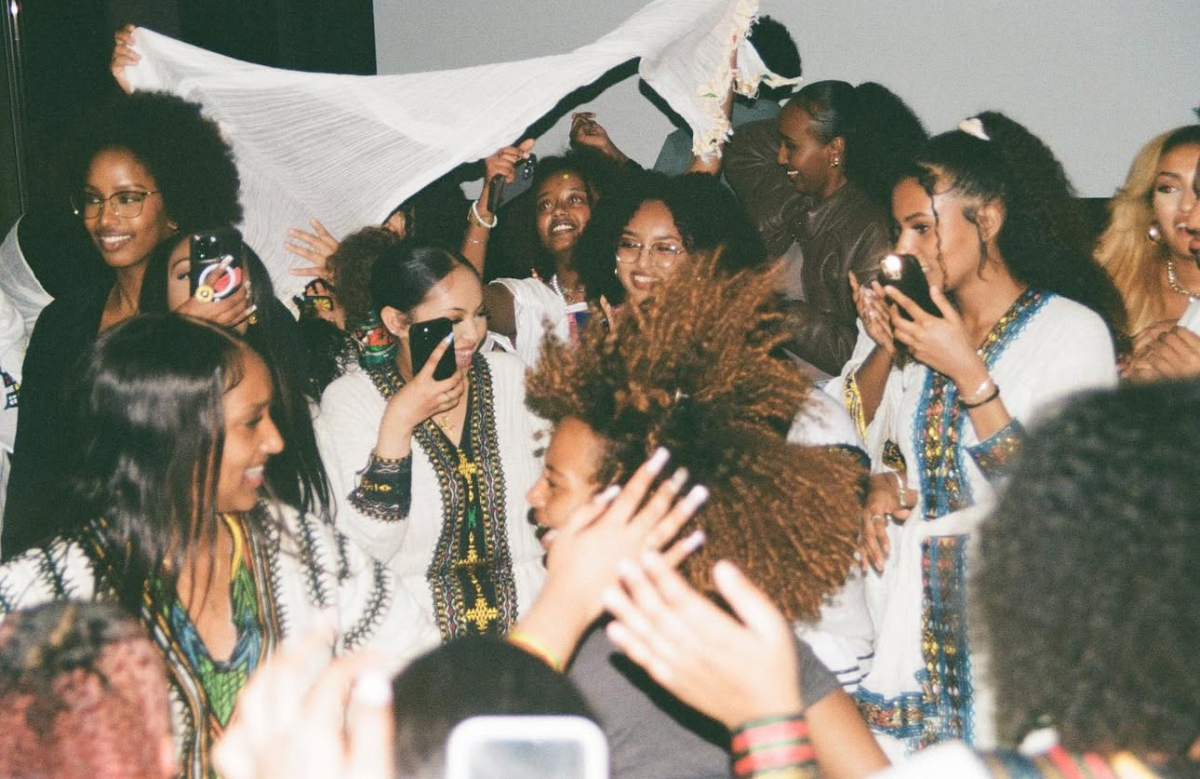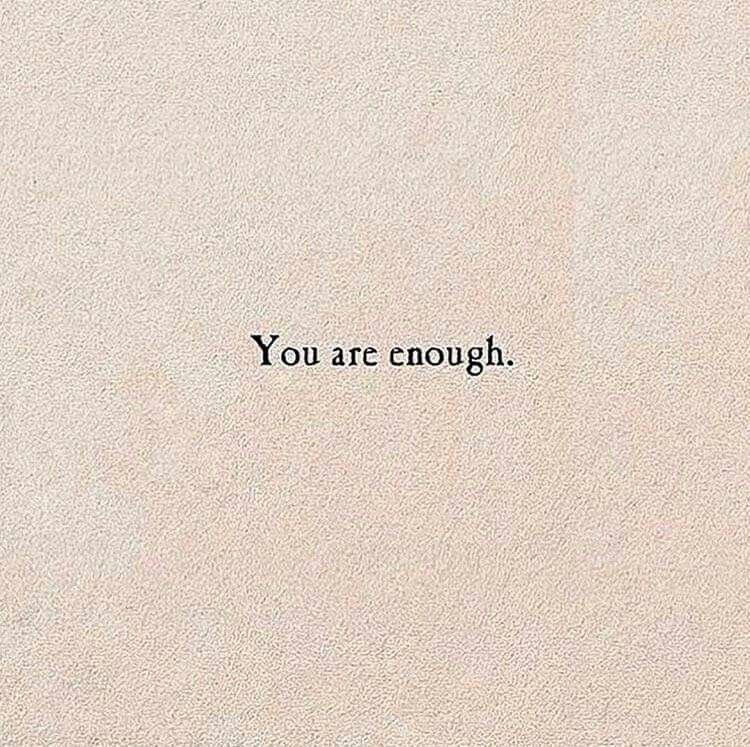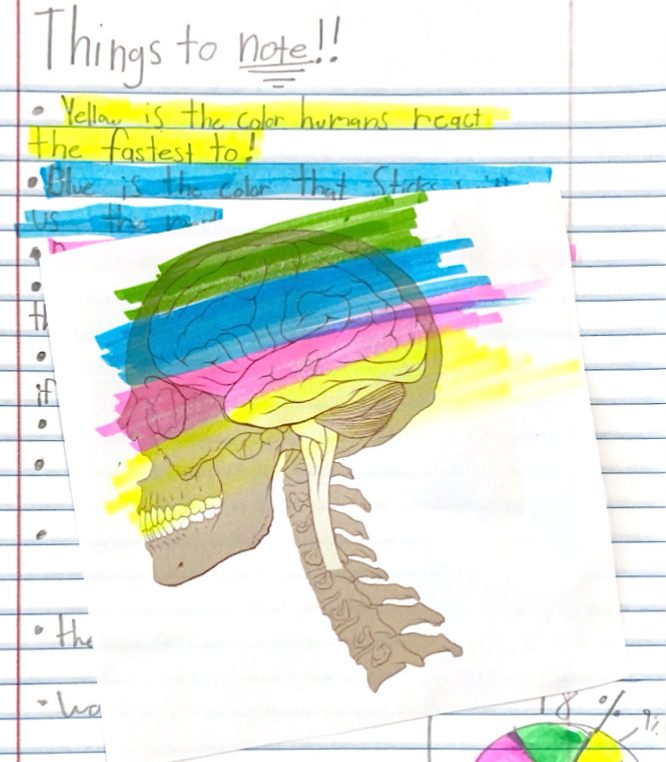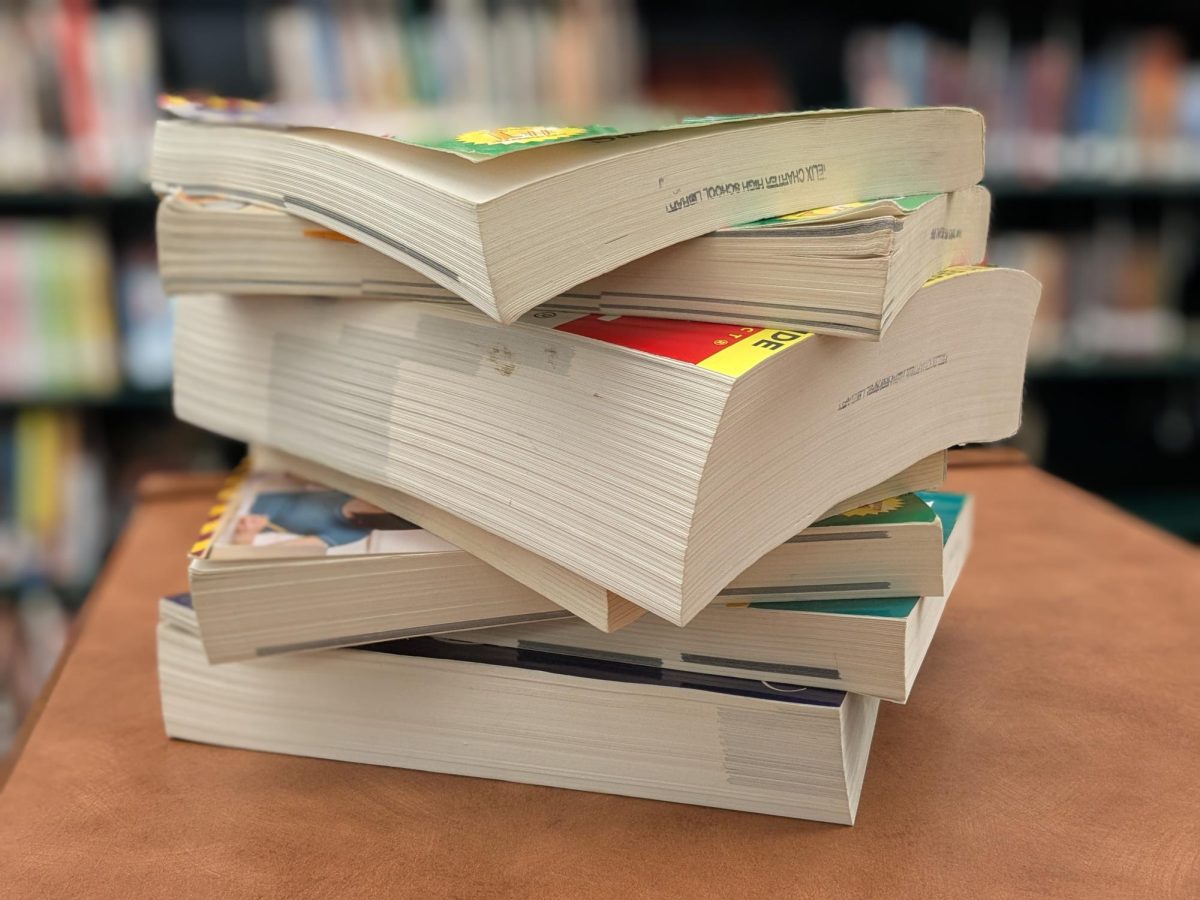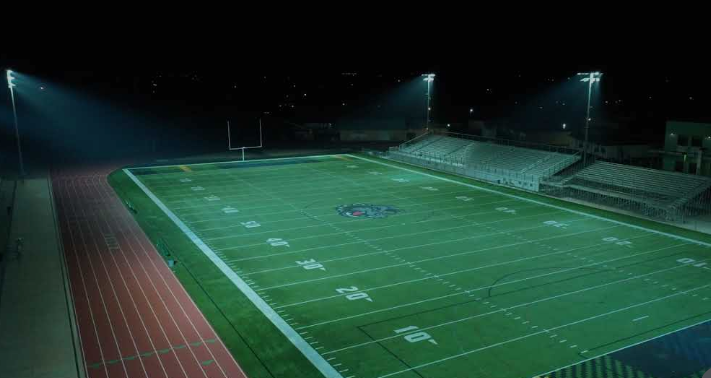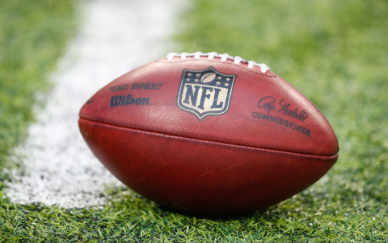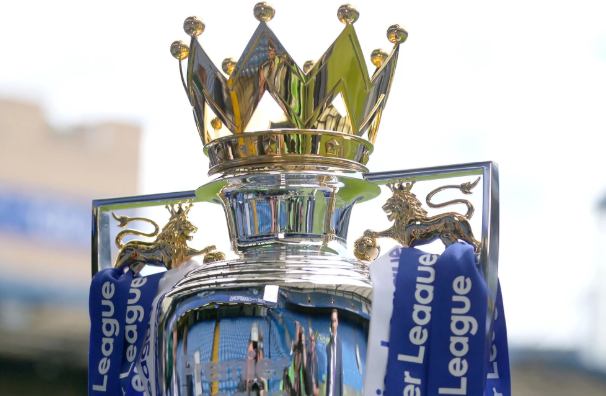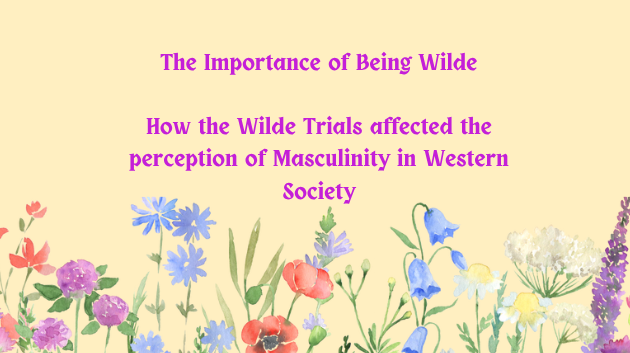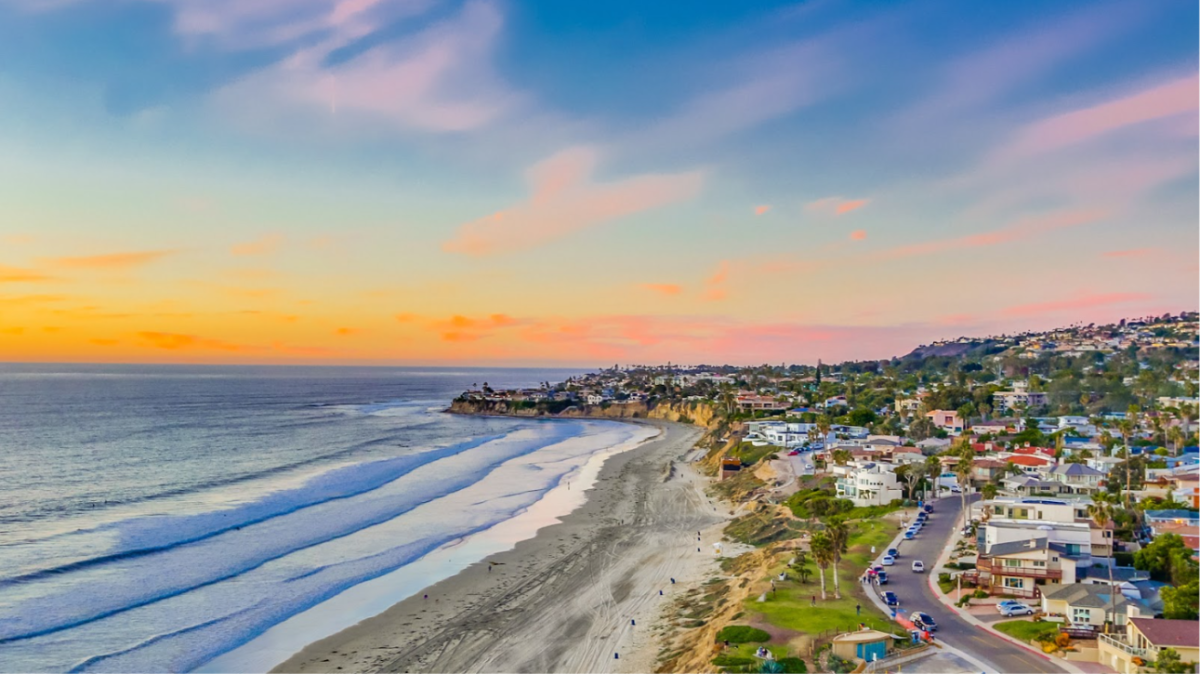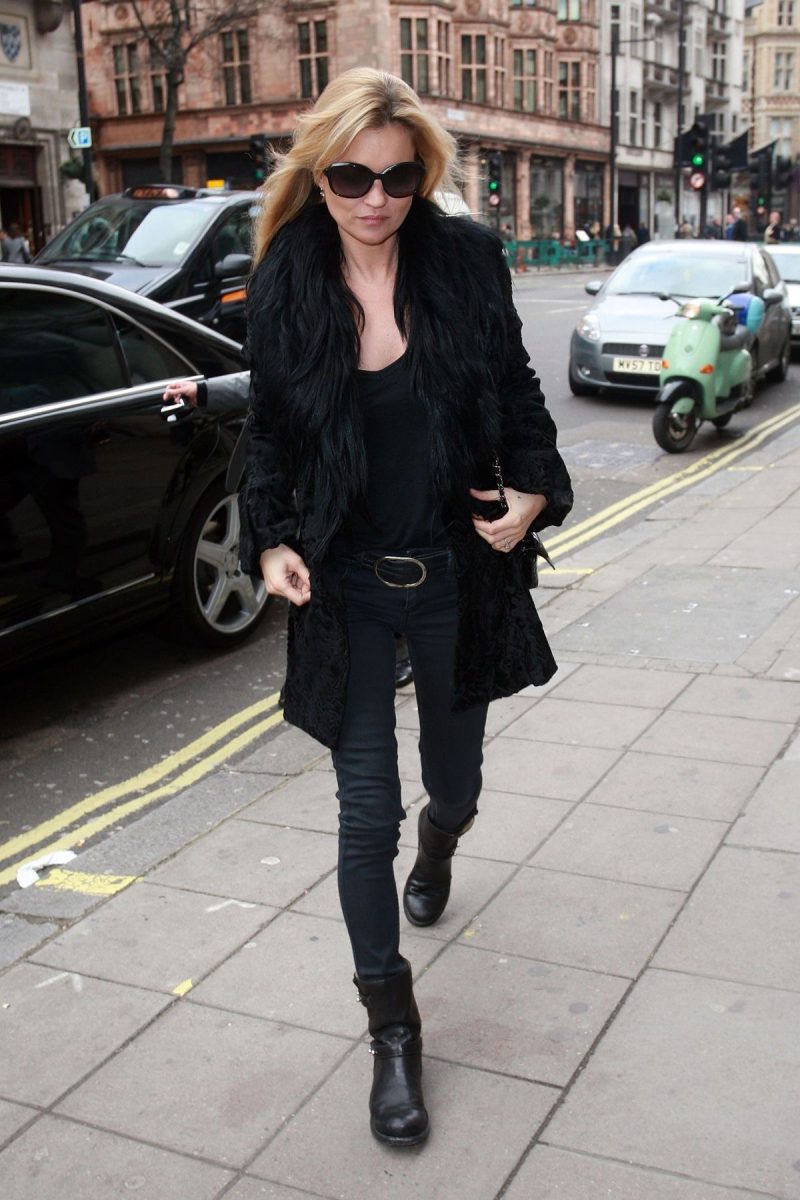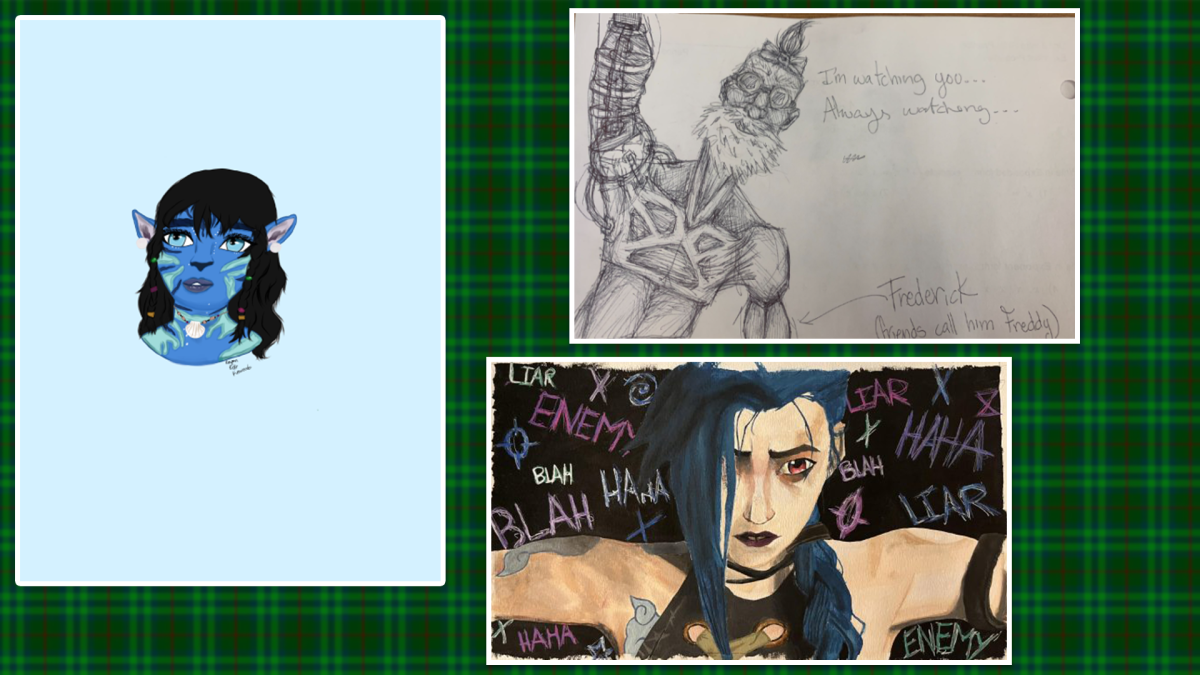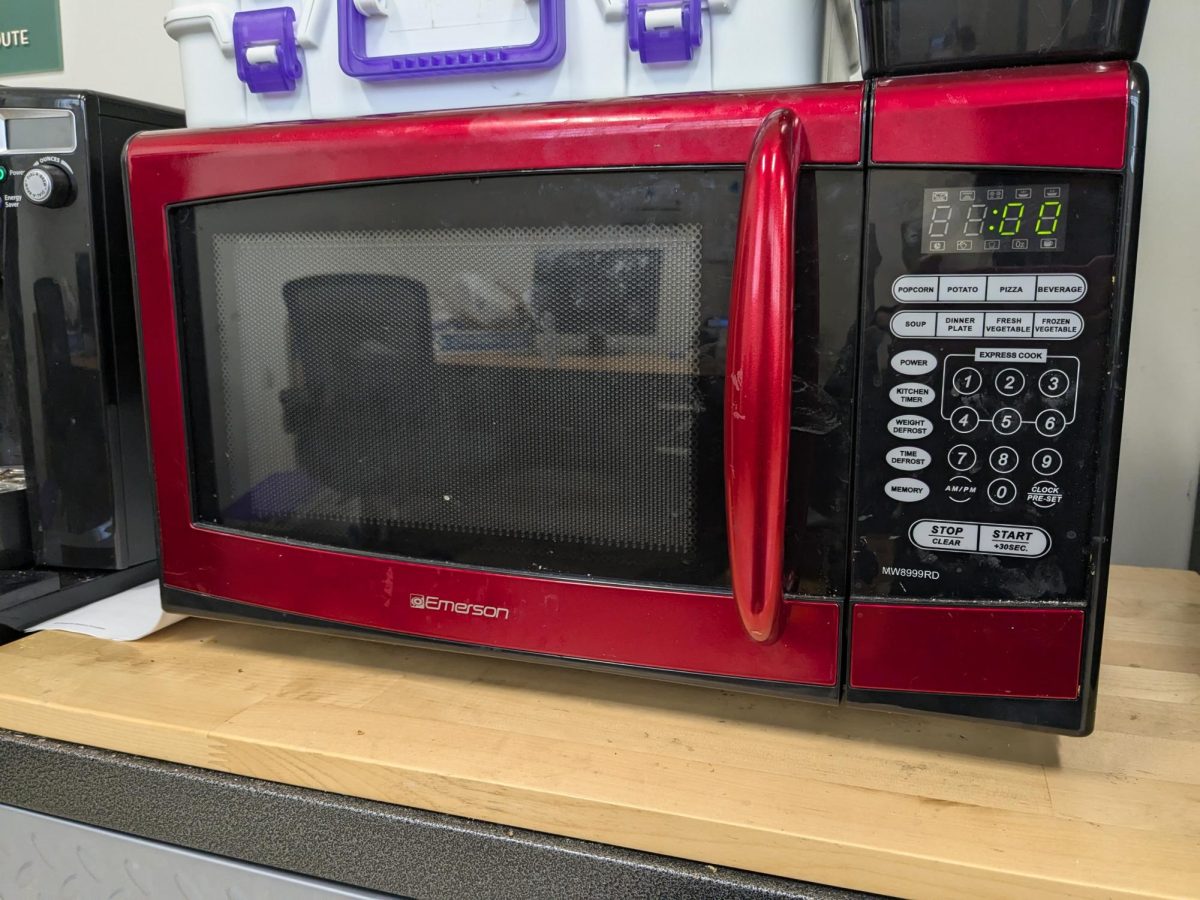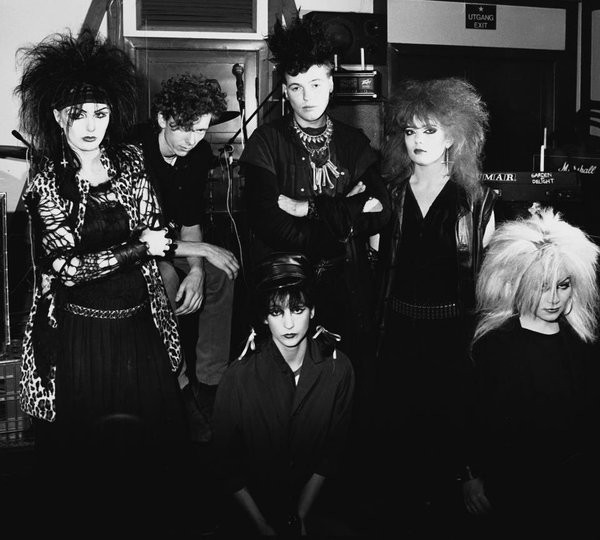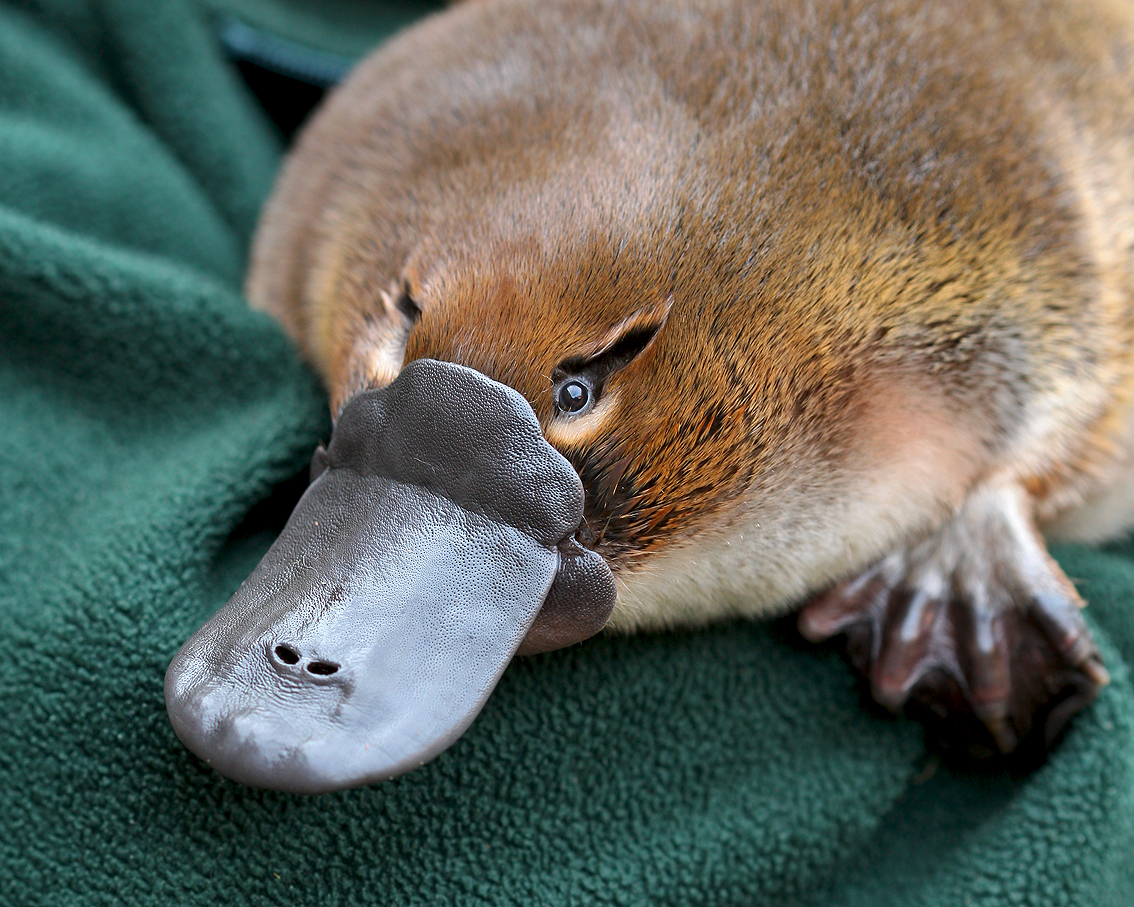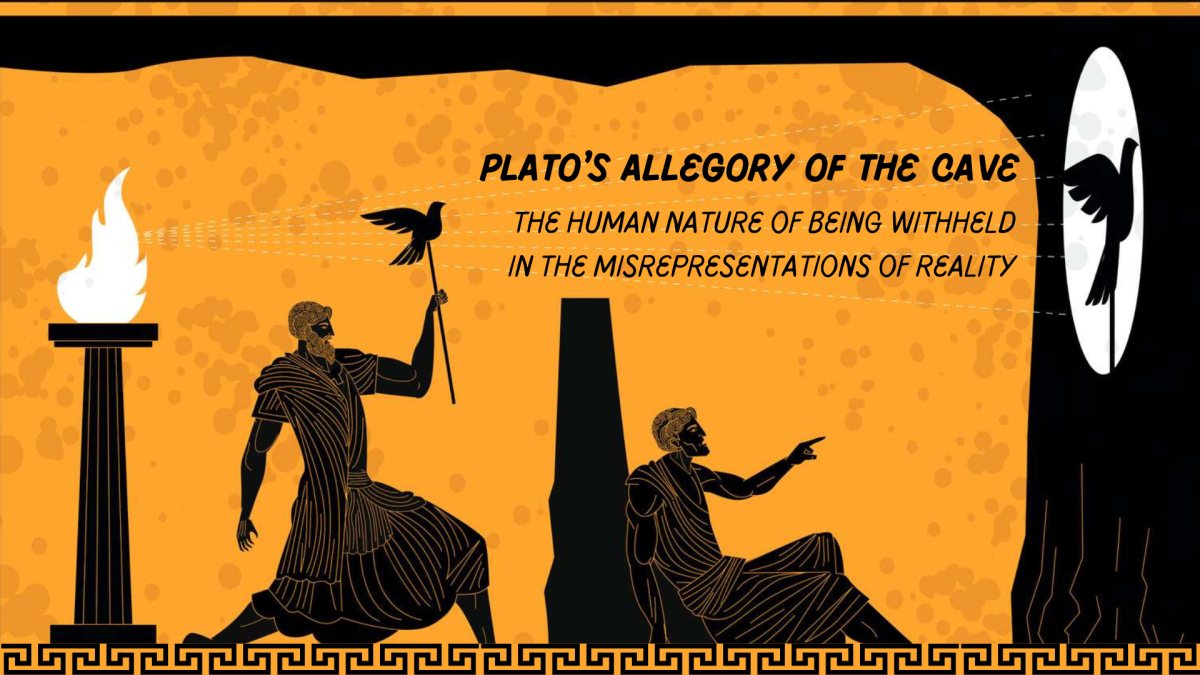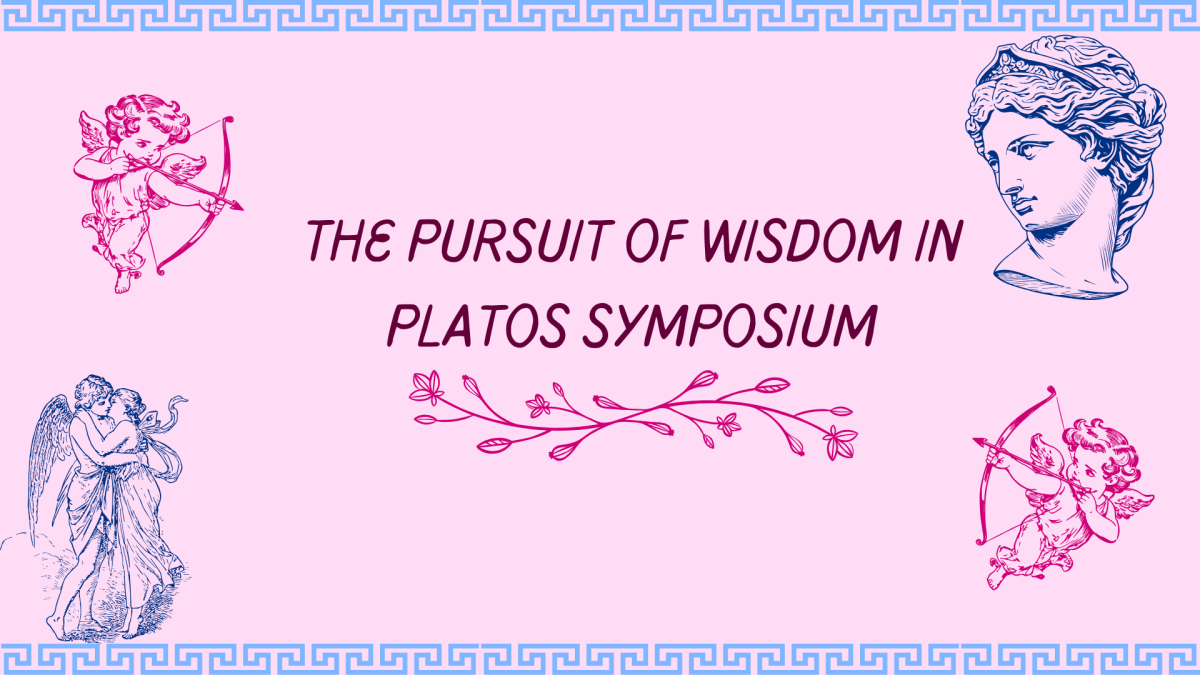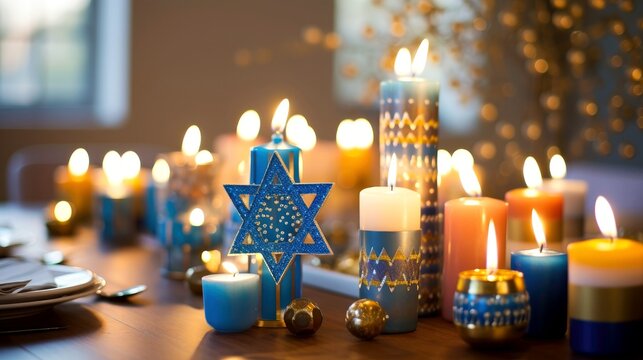History Of Hanukkah
Hanukkah is celebrated worldwide by Jewish families to recognize the perseverance, endurance of light, and freedom integrated in Jewish history. Hanukkah has “ancient roots, commemorating the second century B.C.E. reclaiming and rededication of the Second Temple in Jerusalem”, that are now celebrated with traditions of food, gifts, and gathering (“8 Hanukkah Traditions”).
As Jewish people and religious practices in Judea were ruled by King Antiochus, there was an attempt made by him to suppress their religious practices, imposing Hellenistic worship and culture. This included the violation of the Holy Temple in Jerusalem. Judaism was then outlawed, and King Antiochus forced Jewish people to worship Greek gods. The Maccabees were a little group of people led by Judah Maccabee and his family members, charging a rebellion. While they were ill equipped and largely outnumbered, the Maccabees geared up and prepared for a sequence of battles against the Seleucid monarchy forces. Years of fighting and struggle resolved into a wonderful victory and recovered their power over Jerusalem. As they regained property of the Holy Temple, they worked towards purifying and cleansing its purpose to serve God after being used as a place of worship for Greek gods. As part of dedicating the temple anew, they had to rekindle the Menorah, the sacred candelabrum within the temple. This is how the miracle of the lamp and oil within Hanukkah celebration came about. With limited supply of oil, they were unsure if the light would last. To great surprise and relief, the oil burned for “eight days—enough time for the victorious Judeans to secure more oil—and the miracle became the foundation of a beloved holiday to thank God and celebrate the victory of light over darkness”. The nine spaces for candles on a traditionally used menorah are there to represent the oil that “burned for eight days—enough time for the victorious Judeans to secure more oil”, and in addition to one for each night, a “‘servant’” candle called the shamash” in the middle and raised that is used to light the other eight. (“Hanukkah: The History”).
Lighting the menorah, lighting an additional candle each night of Hanukkah is now a worldwide tradition to honor the incredible miracle of the oil. Over these candles, varying prayers and blessings are said as tribute. This is just one example of the traditions that are included in Hanukkah celebrations. Other customs include playing dreidel, eating fried food, and giving out gelt. Dreidel is a popular game, especially amongst children, that incorporates a spinning top with symbols on each side to represent the oppression and eventual survival of the Jewish people. Fried foods, such as latkes (potato pancakes) and sufganiyot (jelly donuts), are a tribute to the miracle of the oil. Giving out gelt (chocolate coins) is a fun tradition to represent gratitude, and is oftentimes used in games of dreidel.
Within its food, prayers, and customs, Hanukkah recognizes the strength and faith of Jewish people, as well as acknowledging the resilience of religion.
Categories:
History of Hanukkah
December 18, 2024
0
Donate to The Highland Fling
Your donation will support the student journalists of Helix Charter High School. Your contribution will allow us to purchase equipment and cover our annual website hosting costs.


